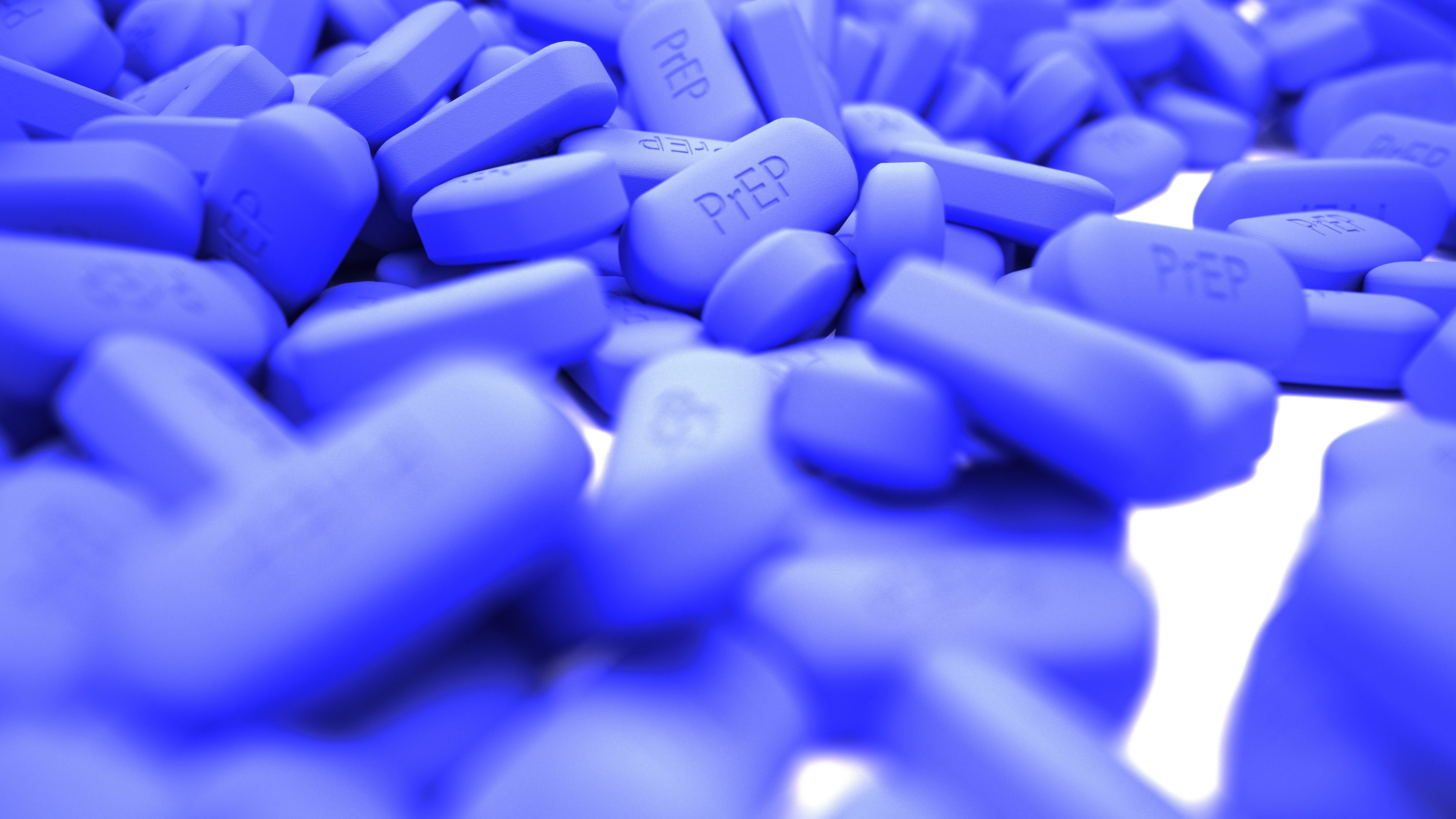Article
Semi-Annual PrEP Dispensing with HIV Self-Testing Resulted in Continued Adherence After 12 Months
Author(s):
Six-month preexposure prophylaxis (PrEP) dispensing supported by HIV self-testing resulted in PrEP adherence after 12 months and less visits to clinical sites.
A model of 6-month adherence to preexposure prophylaxis (PrEP) supported by interim HIV self-testing (HIVST) reduced the number of visits to a health care facility by half without jeopardizing PrEP continuation 1 year into treatment, a new study published in the Journal of the American Medical Association shows.
Credit: Tina - stock.adobe.com

The study was conducted to determine whether supporting PrEP treatment with HIVST would lead to similar, if not better outcomes for patients living with HIV and whether this treatment would continue 1 year after initiating PrEP, the investigators said.
“Despite fewer touch points with the health system and access to associated counseling services, participants interested in PrEP continuation 1 year following initiation continued HIV testing and adhering to PrEP at similar and noninferior rates when they had semiannual vs quarterly PrEP clinic visits,” the researchers found.
The randomized trial was conducted at a research clinic in a peri-urban town in Kenya and featured 495 PrEP clients who were returning for a follow-up visit 1 month after initiating PrEP treatment, the study methods read. Two different populations were recruited: 295 participants were from HIV serodifferent couples and 200 women who were not known to be in serodifferent couples.
Investigators separated the participants into an intervention group with a 6-month supply of PrEP and HIVST kits, and a standard of care (SOC) group with a 3-month drug supply and no HIVST kits. Participants in the intervention group were further separated into those receiving blood-based or oral-fluid HIVST kits.
Study outcomes were separated by measures of successful PrEP continuation 12 months after initiation—through HIV testing, PrEP refilling, and PrEP adherence—and continuous HIV testing throughout the studied time period, researchers said.
Among the 495 participants enrolled in the study, overall retention at 6 months was 84.2% (417 of 495 [intervention: 277 (84.2%); SOC: 140 (84.3%)]) and was 73.0% (361 of 495 [intervention: 241 (73.3%); SOC: 120 (72.2%)]) at 12 months, the results of the study show.
When looking at the different methods of undergoing HIVST, retention at 12 months in the blood-based group was 74.1% (123 of 166) and 72.3% (118 of 163) in the oral-fluid group, the researchers determined.
The outcomes that researchers were measuring were generally noninferior when comparing the intervention and SOC groups, including recent HIV testing, continuous HIV testing, and PrEP refilling at both 6 and 12 months, the study results show.
Moving to subgroup analysis, none of the outcomes in the intervention group were deemed noninferior compared with the SOC group among HIV serodifferent couples. However, PrEP adherence outcomes were significantly higher among the intervention group compared with the SOC group in women who were singly enrolled.
The need to decongest health clinics, bolster self-care, and have patient-centered service delivery has been seen in increasing efficiency and engagement with PrEP, especially because the World Health Organization recommended tenofovir-based daily oral PrEP as an option to prevent HIV in 2015, the investigators wrote.
They added that since this recommendation, the amount of people starting PrEP has been steadily increasing, yet many populations who would benefit from PrEP remain underserved or encounter barriers to continued engagement. HIVST, a relatively new technology, could potentially address these barriers and simplify treatment pathways.
The researchers discussed many benefits to their study, including economic savings for the health system, more clients that can be served by clinicians, and a sense of control and empowerment for individuals taking PrEP that is provided by HIVST kits, which could increase PrEP adherence.
Limitations including relying on self-reported data, assuming that if patients didn’t return for a follow-up, they didn’t achieve the outcomes of interest, and wide retention windows for 6- and 12-month visits were also discussed by the investigators.
“PrEP provides high efficacy and safety for HIV prevention; continuing to optimize its delivery for those who could benefit is essential to ending the global HIV epidemic,” the researchers concluded.
Reference
Ortblad, F. K., et. al. (2023) Effect of 6-month HIV preexposure prophylaxis dispensing with interim self-testing on preexposure prophylaxis continuation at 12 months: a randomized noninferiority trial. Journal of the American Medical Association. Available at https://jamanetwork.com/journals/jamanetworkopen/fullarticle/2806098. Accessed June 21, 2023.






